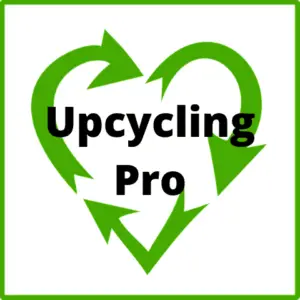In today’s world, where environmental concerns are gaining more and more importance, every business should consider adopting eco-friendly practices. One of the most effective ways to do so is by implementing a commercial cardboard recycling program. Not only does it reduce the amount of waste that ends up in landfills, but it also helps businesses save money in the long run. In this article, we will discuss the benefits of commercial cardboard recycling and how businesses can get started.
Benefits of Commercial Cardboard Recycling
Environmental Benefits
The most significant benefit of cardboard recycling is its positive impact on the environment. Recycling cardboard saves trees, energy, water, and reduces greenhouse gas emissions. According to the Environmental Protection Agency (EPA), recycling one ton of cardboard saves 17 trees, 7,000 gallons of water, and 4,100 kilowatt-hours of electricity. Additionally, cardboard is biodegradable, which means that it decomposes naturally over time, without causing harm to the environment.
Economic Benefits
Apart from the environmental benefits, commercial cardboard recycling also offers economic advantages. By recycling cardboard, businesses can save money on waste disposal fees. Instead of paying for the disposal of cardboard as regular trash, businesses can sell it to recycling companies for a profit. Furthermore, recycling reduces the amount of waste that businesses generate, which, in turn, reduces the number of trash pickups required. This reduction in pickups can result in significant savings for businesses.
Social Benefits
Recycling also has social benefits, as it shows that businesses are environmentally responsible and care about the community. By implementing a recycling program, businesses can attract customers who value eco-friendly practices. Additionally, employees who work for companies that have recycling programs tend to have higher job satisfaction levels, as they feel that they are contributing to a positive cause.
How to Get Started with Commercial Cardboard Recycling
Conduct a Waste Audit
Before implementing a cardboard recycling program, businesses should conduct a waste audit to determine the amount of cardboard that they generate. The audit should identify the types of cardboard that the business uses, where it is generated, and how it is disposed of. This information will help businesses determine the appropriate recycling program for their needs.
Determine the Recycling Method
Once the waste audit is complete, businesses need to determine the recycling method that they will use. There are two primary methods of recycling cardboard: on-site recycling and off-site recycling. On-site recycling involves buying or renting a cardboard baler or shredder and processing the cardboard on-site. Off-site recycling involves hiring a recycling company to pick up the cardboard and transport it to a recycling facility.
Train Employees
After choosing the recycling method, businesses should train employees on how to properly recycle cardboard. This training should include information on how to sort and store the cardboard, as well as the recycling program’s goals and benefits. Employees should also be made aware of the consequences of improper recycling, such as contamination, which can lead to the rejection of the cardboard by recycling companies.
Monitor and Evaluate the Program
Once the program is in place, businesses should monitor and evaluate it regularly. This evaluation should include tracking the amount of cardboard that is recycled, the program’s cost-effectiveness, and the environmental impact. The data collected should be used to make improvements to the program and to identify areas for expansion.
Conclusion
In conclusion, commercial cardboard recycling is a sustainable and cost-effective practice that benefits both businesses and the environment. By implementing a recycling program, businesses can reduce waste disposal costs, attract environmentally conscious customers, and promote a positive image. The process of implementing a recycling program is relatively straightforward and consists of conducting a waste audit, determining the recycling method, training employees, and monitoring and evaluating the program regularly. By taking these steps, businesses can help create a more sustainable future while improving their bottom line.

